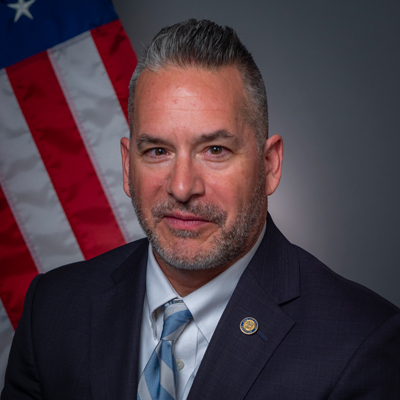Hubbard Radio Washington DC, LLC. All rights reserved. This website is not intended for users located within the European Economic Area.
On Air: Federal News Network

How to Create an AI-ready Infrastructure for Your Agency
May 13, 2021
In this free webinar, technology experts from the National Oceanic and Atmospheric Administration, Navy, Dell Technologies and ThunderCat Technology will describe how to create an AI-ready infrastructure.
Duration: 1 hour
Cost: No Fee
Description:
Artificial intelligence is one of those terms that has been thrown out there for several years now. But what is AI? How do you define it? Are we just talking about predictive analytics? Are we just talking about machine learning?
John McCarthy, one of the founders of artificial intelligence research and one of first researchers to use the term “artificial intelligence,” described AI as machines that could think autonomously. He described the threshold as “getting a computer to do things which, when done by people, are said to involve intelligence.”
The Brookings Institution says today that definition evolved to refer to “machines that respond to stimulation consistent with traditional responses from humans, given the human capacity for contemplation, judgment, and intention.” Brookings says these systems have three qualities that constitute the essence of artificial intelligence: intentionality, intelligence and adaptability.
No matter how you define AI, agencies are excited about the potential and real benefits.
Researchers at Stanford and New York universities found in a report released in February 2020 that 45% of federal agencies have experimented with AI and related machine learning tools. Those agencies are using AI tools to monitor risks to public health and safety, enforce regulations on environmental protection and many other mission areas ranging from NASA to the SEC to the Justice Department.
As agencies continue to add new AI capabilities to their toolset, one big consideration is ensuring the network, the data and the workforce are ready to handle these algorithms and capabilities.
Brian Carnell, the chief AI architect in the office of the federal CTO at Dell Technologies, said federal agencies are trying to figure out how to democratize AI for the organization.
The big challenges is the technical debt many agencies face. Their infrastructures and systems can’t handle the ever-increasing amount of data that is coming in.
“We’ve started to really focus on two things with data that’s coming from the edge for the AI projects. Number one, is it immediately actionable or is it historically valuable and not all data that is historically valuable is immediately actionable. But pretty much all data that is immediately actionable is historically valuable. So once you start to get that data and now how do you apply it against an infrastructure? How do you use the cycles that you have created? If you’ve got an AI ready architecture already? Or if you’ve got a cluster in your data center? How do you get the data to it?” Carnell said. “Those are the things that we really focused on with our customers, more so than the point projects that they’ve already run. Over the last few years, they’ve had huge success with using AI and with creating models, and with getting value from it. We do a lot of our supply chain management with AI. We do a lot of our manufacturing with AI. We understand the business value that we can drive out of the data. And that’s where the big government agencies are headed.”
Complimentary Registration
Please register using the form on this page or call (202) 274-4830.
This program is sponsored by

![]()
By providing your contact information to us, you agree: (i) to receive promotional and/or news alerts via email from Federal News Network and our third party partners, (ii) that we may share your information with our third party partners who provide products and services that may be of interest to you and (iii) that you are not located within the European Economic Area.
By providing your contact information to us, you agree: (i) to receive promotional and/or news alerts via email from Federal News Network and our third party partners, (ii) that we may share your information with our third party partners who provide products and services that may be of interest to you and (iii) that you are not located within the European Economic Area.
Please register using the form on this page.
Have questions or need help? Visit our Q&A page for answers to common questions or to reach a member of our team.
Speakers

Dr. Jamese Sims
Senior Science Advisor, Artificial Intelligence, National Oceanic and Atmospheric Administration

Brett Vaughn
Chief AI Officer, U.S. Navy

Kurt Steege
Chief Technology Officer, ThunderCat Technology

Brian Carnell
Chief AI Architect, Office of the Federal CTO, Dell Technologies

Jason Miller
Executive Editor, Federal News Network
By providing your contact information to us, you agree: (i) to receive promotional and/or news alerts via email from Federal News Network and our third party partners, (ii) that we may share your information with our third party partners who provide products and services that may be of interest to you and (iii) that you are not located within the European Economic Area.
